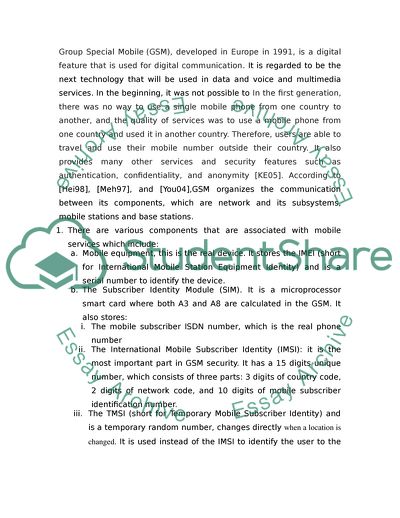Cite this document
(Analysis of the Mobile Technologies Report Example | Topics and Well Written Essays - 2250 words, n.d.)
Analysis of the Mobile Technologies Report Example | Topics and Well Written Essays - 2250 words. https://studentshare.org/technology/1770553-gsam-security-and-encryption
Analysis of the Mobile Technologies Report Example | Topics and Well Written Essays - 2250 words. https://studentshare.org/technology/1770553-gsam-security-and-encryption
(Analysis of the Mobile Technologies Report Example | Topics and Well Written Essays - 2250 Words)
Analysis of the Mobile Technologies Report Example | Topics and Well Written Essays - 2250 Words. https://studentshare.org/technology/1770553-gsam-security-and-encryption.
Analysis of the Mobile Technologies Report Example | Topics and Well Written Essays - 2250 Words. https://studentshare.org/technology/1770553-gsam-security-and-encryption.
“Analysis of the Mobile Technologies Report Example | Topics and Well Written Essays - 2250 Words”. https://studentshare.org/technology/1770553-gsam-security-and-encryption.


